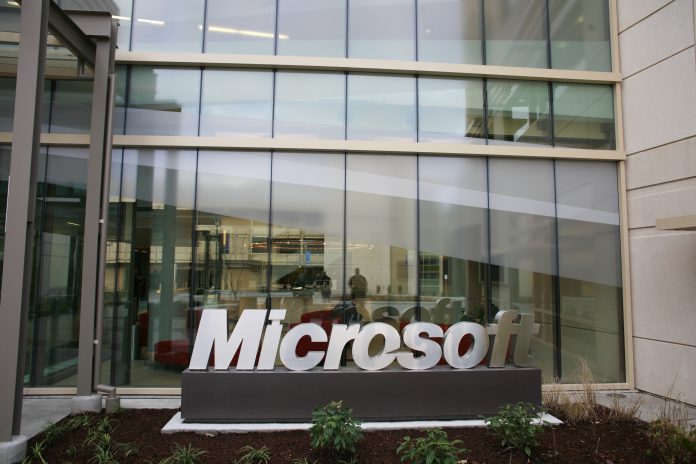Despite this, many workers still aren’t saving enough, and Microsoft has tried to address this in various ways. Three years ago, it raised the employee contribution options from 6, 8 and 10 percent to 8, 10 and 12 percent. Unfortunately, that didn’t seem to have a large impact. Instead, in 2016, the company began matching half of employees contributions. Of course, this is subject to government limits – namely, the amount added to an individual employees plan. However, initial results show great success. According to the The Wall Street Journal, an extra $150 million was put into Microsoft’s $17 billion retirement savings program. As a result, 52% of employees are now contributing the maximum about of pre-tax money. In 2015, that number was at just 36%. Though the extra spending is significant, it does seem to be having a positive effect on employees, which was the goal. The hope is that high-quality workers will retire on time, reducing health care costs and ensuring young blood can replace them in a timely fashion.
Following General Trends
Microsoft’s growing contributions seem to be line with a general rise across the workforce. According to mutual fund company Vanguard Group, average company contribution rose to 4.7% of employee salaries in 2016. The data comes from 1,900 workplace retirement programs and is the biggest year-to-year rise since 2007. For context, 2015 had a contribution of 3.9% of employee salaries. “If you want people to retire at a certain time they need to have acquired sufficient assets,” Vanguard senior research analyst Jean Young. “There’s a growing interest among some employers in supporting that dynamic.” No doubt Microsoft’s workers are glad for the increase. Xbox senior software engineer Francois Burianek has raised his contributions by over 70%, saying, “It’s a no-brainer to try and max that out as much as possible.”




